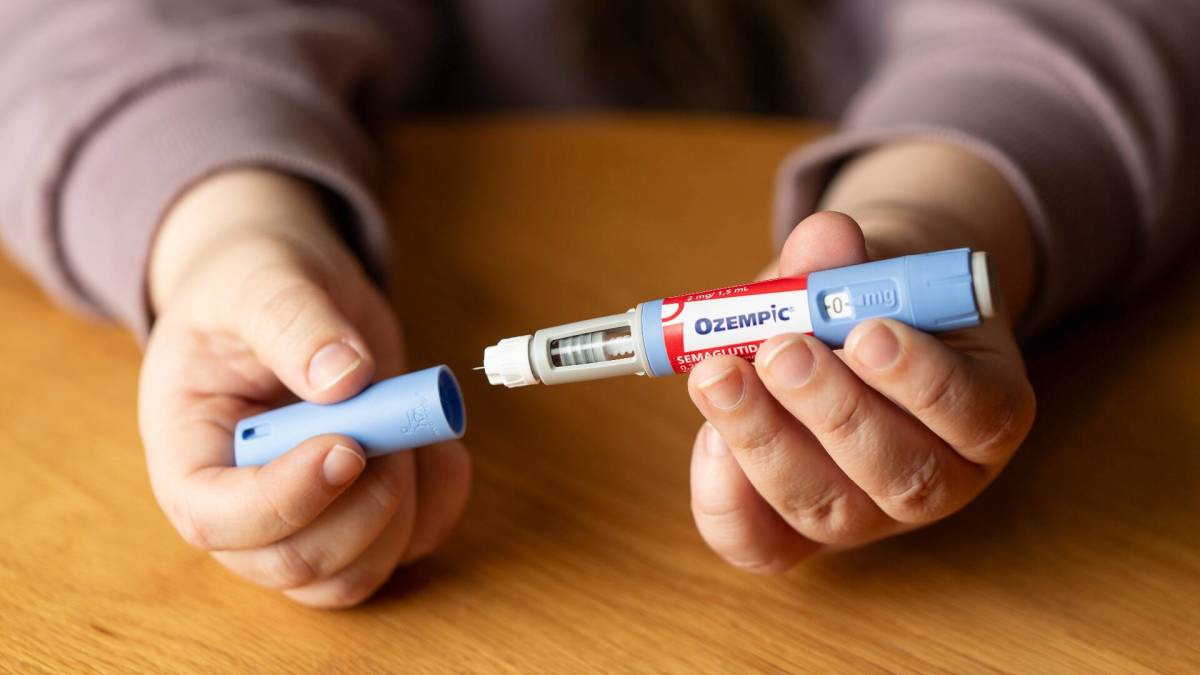Walmart no longer delivers only groceries, which is a key reason why the stock’s decent 14% year-to-date run might continue.
The retail behemoth will now deliver chilled and reconstituted prescription medications, such as insulin, GLP-1s like Ozempic, and pediatric antibiotics, directly to consumers’ homes, putting pharmacies on notice.
The decision makes Walmart (WMT) the first major national store to provide both cold-chain pharmaceutical delivery and basic needs in one order. It’s a big deal, both for Main Street and Wall Street.
Walmart’s pharmacy makes more than 30% of its money from refrigerated prescriptions. Since its delivery service started last year, the company has already made over 4 million pharmacy deliveries, making it a major player in the market.
The idea is simple: Add high-value medications to Walmart’s logistics system, packing them alongside groceries. The goal is to improve customer loyalty via Walmart+ memberships and pressure rivals like CVS, Walgreens, Amazon Pharmacy, and others.
For investors, it’s not just making life easier for shoppers. Walmart’s cold-chain project might revolutionize the economics of last-mile health care, a $600 billion industry that has been hard to reform for a long time.

Image source: Shutterstock
Walmart’s pharmacy expansion gains scale
Walmart has been prepping for this move for over a year now. The company tested pharmacy delivery in 2024 and then made it available at all of its locations in early 2025. Since then, it has handled more than 4 million delivery requests, some of which were completed in as little as nine minutes, a major accomplishment.
Adding cooled and reconstituted medicines greatly increases Walmart’s reach. These drugs, which include insulin, weight-loss medicines like Ozempic, and antibiotics for kids, make up almost a third of all sales at Walmart pharmacies. They may now come to the door in the same bag as groceries and other things for the house.
Related: Popular healthcare retail chain files for Chapter 11 bankruptcy
Walmart is able to do this because of its cold-chain infrastructure, which includes insulated packaging that blocks light and real-time monitoring via its app. An electronic signature must be given upon delivery.
These procedures ensure the medicine reaches its destination securely and provide customers with the peace of mind they expect at a pharmacy counter.
Walmart is also adding the service to Walmart+, its monthly subscription. Members receive free delivery from the drugstore, while non-members have to pay for delivery. That structure not only makes people more likely to sign up, but it also keeps more customers in a loyalty program that is already the basis of Walmart’s digital strategy.
Walmart’s financial muscle backs the move
It’s not cheap to send out cold-chain medicines. However, Walmart can afford to spend money that would sink smaller rivals because of its scale, financial stability, and operational leverage.
Walmart’s U.S. business had $681 billion in revenue and $29.3 billion in operating earnings in fiscal 2025. Margins in that sector have gone up a little bit. The gross profit as a percentage of sales went from 23.7% to 24.1% last year. That cushion gives Walmart some breathing room as it plans its logistics around cold-chain costs.
More Health Care:
- Americans’ health insurance bills could surge by 75% next year
- Walmart forms bold new health care partnership for affordable medicine
- 25% of Americans Are Burned Out Before 30
Adding more e-commerce options gives you even more assistance. In the first quarter of fiscal 2026, global online sales rose 22% over the same time last year. This shows that Walmart’s shift to digital is gaining traction on a large scale. Each refrigerated prescription adds high-value items to the basket and spreads fixed shipping costs across more revenue.
Related: Jim Cramer reveals stocks to target now
The market potential is also quite high.
The US prescription drug market is worth roughly $600–650 billion a year. Biologics that need to be kept cold and GLP-1 drugs are two of the fastest-growing segments. If Walmart can get even a tiny part of this volume via home delivery, it may turn its healthcare business from a cost center into a growth engine.
Key financial markers:
- Revenue: $681 billion in FY2025, up from $648 billion in FY2024.
- Gross margin: 24.1% in Walmart U.S., modestly higher than FY2024.
- Operating income: $29.35 billion in FY2025 for Walmart U.S., up from $27.01 billion in FY2024.
- E-commerce growth: +22% global net sales YoY in Q1 FY26.
- Cash generation: Walmart continues to deliver strong operating cash flow, supporting heavy investments in logistics and technology.
- Pharmacy market: $600–$650 billion U.S. prescription drug market, with cold-chain drugs becoming a bigger share of sales growth.
For investors, the data are important because they demonstrate why Walmart can make a pharmaceutical investment that smaller competitors may be hesitant to match. It’s not simply offering a new service; it’s using financial size to possibly change the economics of last-mile healthcare delivery.
Related: Morgan Stanley warns AI could sink 42-year-old software giant
#Walmart #launches #essential #service #customers #members #cheer